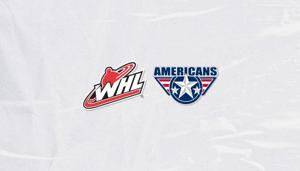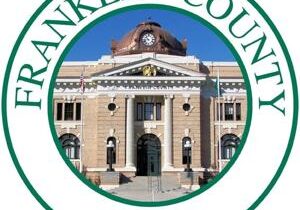
TRI-CITIES, Wash. –
How much do you think you spend on food you don’t even eat? The Department of Ecology is working to cut in half the estimated 1.2 billion tons of trash that ends up in landfills every year in Washington by 2030.
Food Waste Reduction Lead, Jade Monroe said, “If you think about how much energy, labor, transportation everything that goes into say even just an apple from farm to table. All of that is just resources.”
Businesses can make an impact by tracking what people buy to get a more accurate estimate of what they need to stock according to Monroe.
She said individual homes can use a similar strategy by only buying what they will eat.
“The natural resource defense council says that an average family could save $1,500 annually by just preventing food waste in their households and that’s a family vacation if you think about it,” she said.
To make things more difficult food labels aren’t always an easy way to know when food is bad.
“There’s a lot of around, best by, use by, sell by and almost always those don’t mean expired,” said Eric Williams with Second Harvest.
He said it’s important for Second Harvest to know how long food will last when trying to make sure every ounce of food available to them finds a use.
The USDA has a list of foods and how long they last on the shelf.
Generally, its website recommends following baby food expiration dates but also said most food looks or smells bad when it’s not safe to eat.
“Most canned or packaged stuff goes a long ways past that use-by or sell by date,” Williams said.



